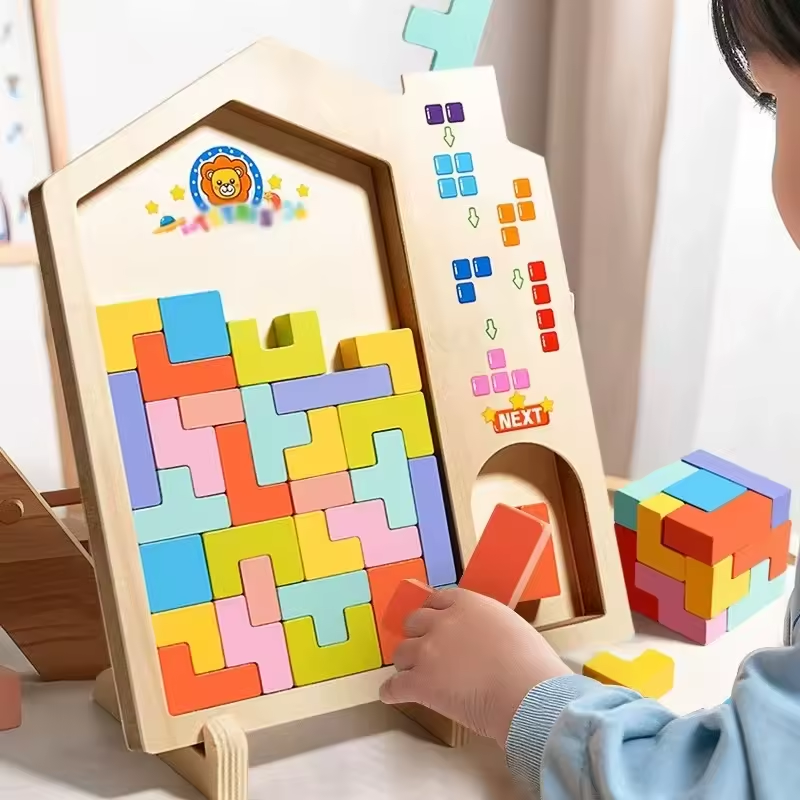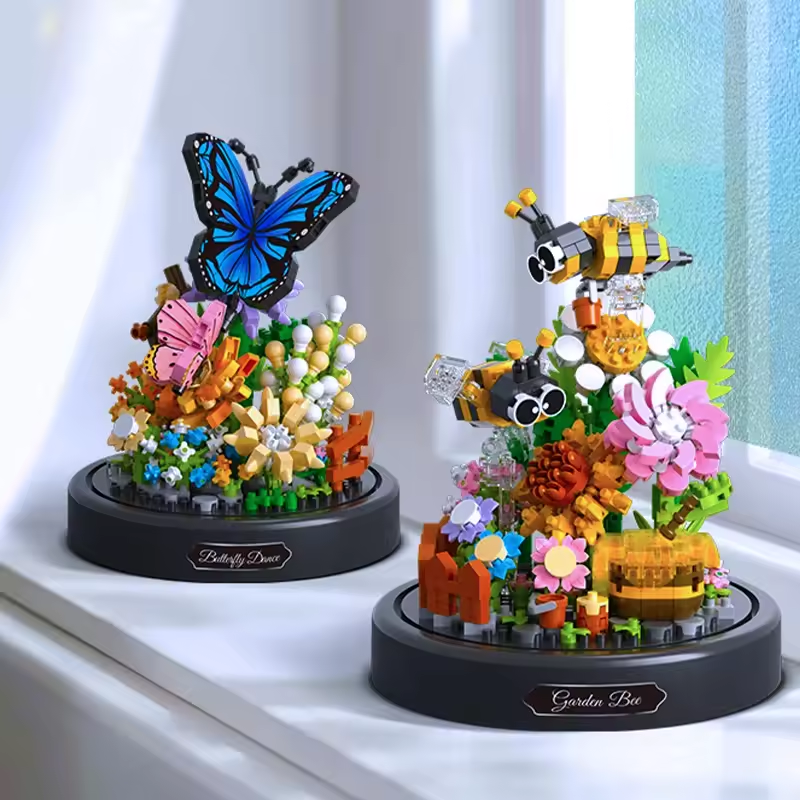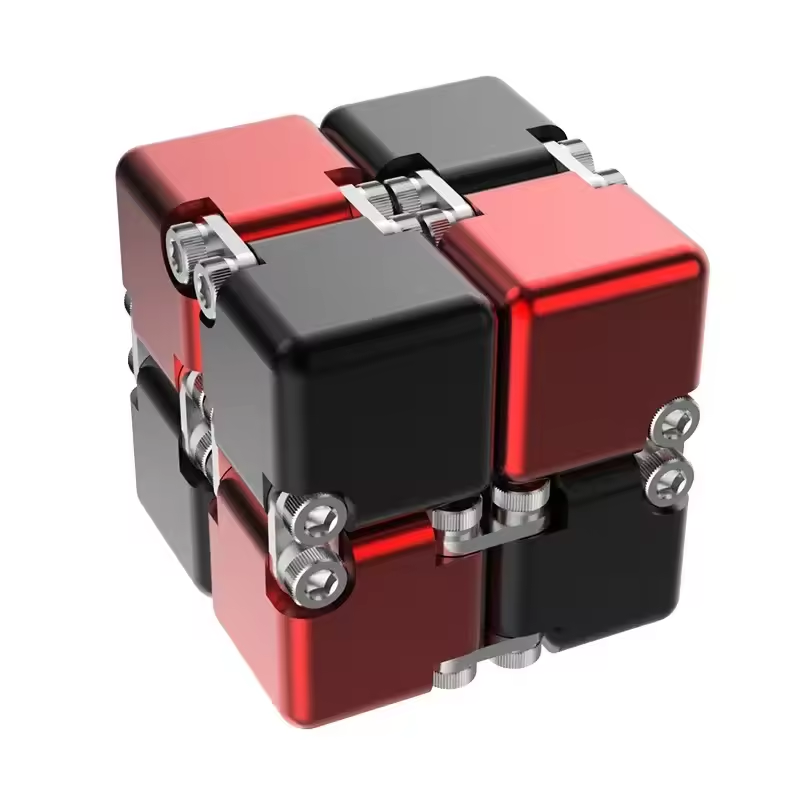Crafting a compelling board game goes beyond just the mechanics and theme. The board itself serves as a visual and interactive centerpiece, guiding players and shaping their decisions. A well-designed game board can elevate the entire experience, fostering engagement and enjoyment. Here, we’ll delve into four key aspects to consider when designing a board that truly wows.
Part 1: Aesthetics and Immersion
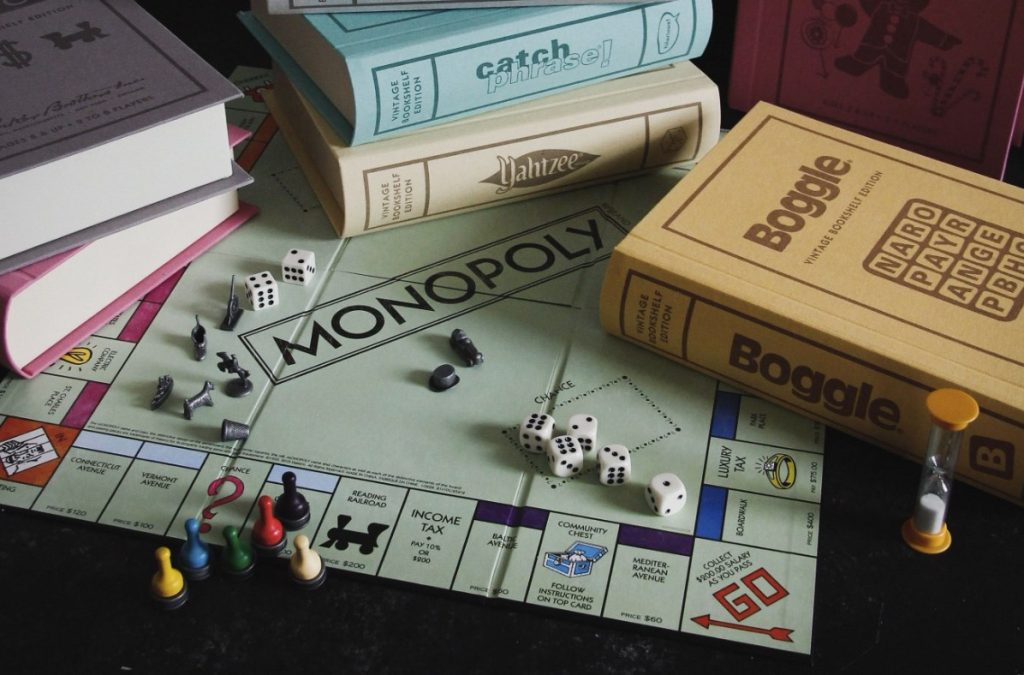
Thematic Cohesion:
The board’s artwork and design should seamlessly integrate with the game’s theme. Whether it’s a whimsical fantasy land or a gritty cyberpunk cityscape, the board should visually transport players into that world. Imagine a pirate treasure hunt game where the board depicts a tropical island, complete with hidden coves and treacherous waters. Thematic cohesion strengthens the narrative and draws players deeper into the game.
Clarity and Readability:
While aesthetics are a crucial aspect of a game board, it’s equally important to ensure that its design doesn’t sacrifice clarity and functionality. When players engage with the board, they should be able to easily comprehend its layout, understand the icons and symbols, and absorb any information presented. To achieve this, it’s beneficial to use clear symbols, distinct color schemes, and well-defined spaces that facilitate intuitive navigation. By implementing these design elements, players can seamlessly navigate the board and interact with its components without encountering confusion or unnecessary obstacles. Conversely, a cluttered or confusing board has the potential to cause frustration and disrupt the flow of the game, leading to a less enjoyable experience for the players. Therefore, prioritizing clarity and navigational intuitiveness in the board design is essential for optimizing player engagement and overall game experience.
Part 2: Gameplay and Strategy
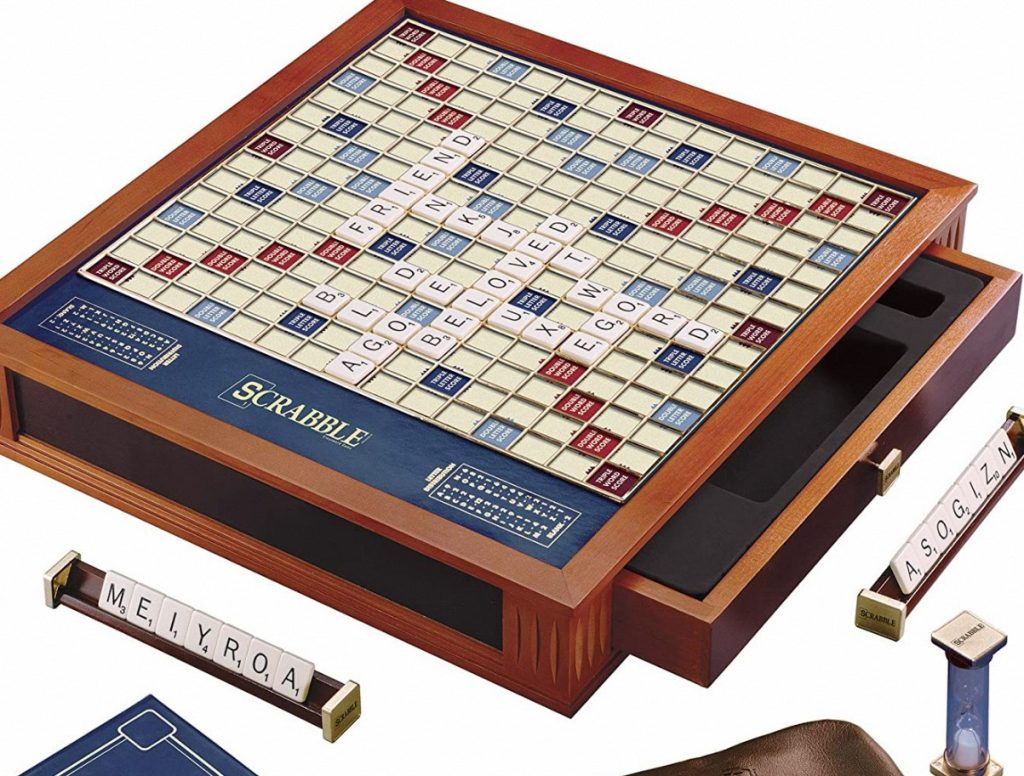
Space and Movement:
The size and design of the board should directly correlate with the number of players, playing time, and core mechanics. A sprawling board might be ideal for a grand strategy game with many players, while a smaller, more focused board might suit a faster-paced tactical game. Consider the type of movement players will utilize – dice rolls, card draws, or resource allocation – and design the board accordingly. A well-balanced board allows for strategic maneuvering and creates a sense of tension and opportunity.
Interactive Elements:
Incorporate interactive elements onto the board to add another layer of engagement. This could involve hidden compartments that reveal special rewards, rotating sections that alter the game state, or modular tiles that allow for variable board setups. Interactive elements can introduce surprise, encourage player interaction, and promote replayability. Imagine a racing game where the track features sections that can be flipped or reversed, creating a different course every time.
Part 3: Player Interaction and Competition
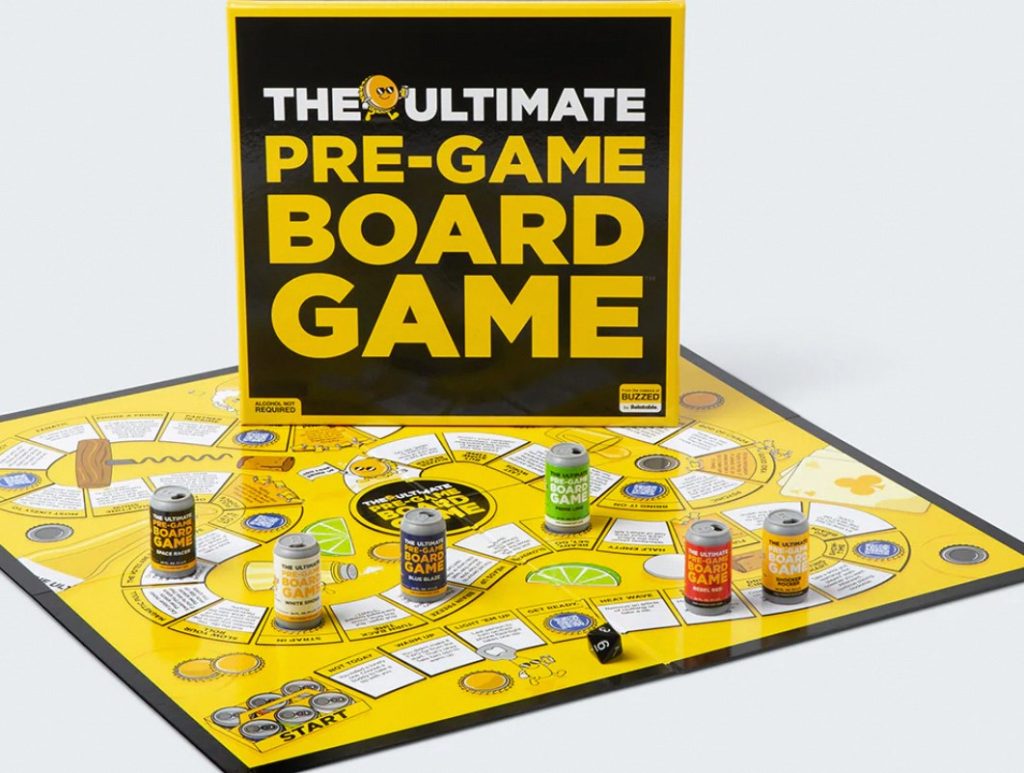
Direct and Indirect Conflict:
The design of the game board has a significant impact on how players interact and compete with each other. The layout of the board can influence the level of direct or confrontational interaction between players. For instance, spaces that allow players to land on and directly affect each other’s pieces, such as stealing resources or initiating combat, can create a more confrontational atmosphere, leading to intense player engagement. On the other hand, the presence of separate lanes or rondel-style tracks on the board can promote indirect competition. In this scenario, players may engage in a race to achieve specific goals or outmaneuver each other for positional advantages, fostering a different kind of strategic gameplay. Therefore, the design of the game board plays a crucial role in shaping the dynamics of player interaction and competition, ultimately influencing the overall experience and enjoyment of the game.
Player Paths and Goals:
The design of the game board layout plays a subtle yet significant role in guiding player interactions. A well-planned board layout can naturally foster opportunities for engagement and competition. This can be achieved by incorporating elements such as shared resources, choke points, or converging paths that encourage players to come together and interact strategically. The strategic placement of goal locations can also influence player movement and interaction. If victory in the game is tied to reaching specific areas of the board, players will actively seek to control these areas while strategically positioning themselves to block opponents from accessing them. By ingeniously integrating these design elements into the board layout, game creators can influence and shape player interactions, encouraging strategic decision-making, fostering competition, and enhancing the overall gaming experience. Thus, the board layout serves as a pivotal tool for guiding player engagement and interaction in the game.

Part 4: Usability and Enjoyment
Durability and Materials:
When considering the materials for game board production, it’s important to recognize the significant impact on the user experience. While cardboard is a popular choice for lighter games due to its cost-effectiveness and ease of production, sturdier materials such as wood or laminated boards are more suitable for games with anticipated frequent use. These materials enhance durability, providing sustained functionality and aesthetic appeal, ensuring the board remains visually appealing and withstands prolonged use. Opting for high-quality materials not only contributes to the game’s longevity but also enhances the overall user experience by instilling confidence in the product’s reliability and allowing players to engage with the game without concerns about potential wear and tear. Ultimately, the choice of materials for the game board is crucial in maintaining both its visual and functional appeal, contributing to an enhanced user experience over time.
Storage and Setup:
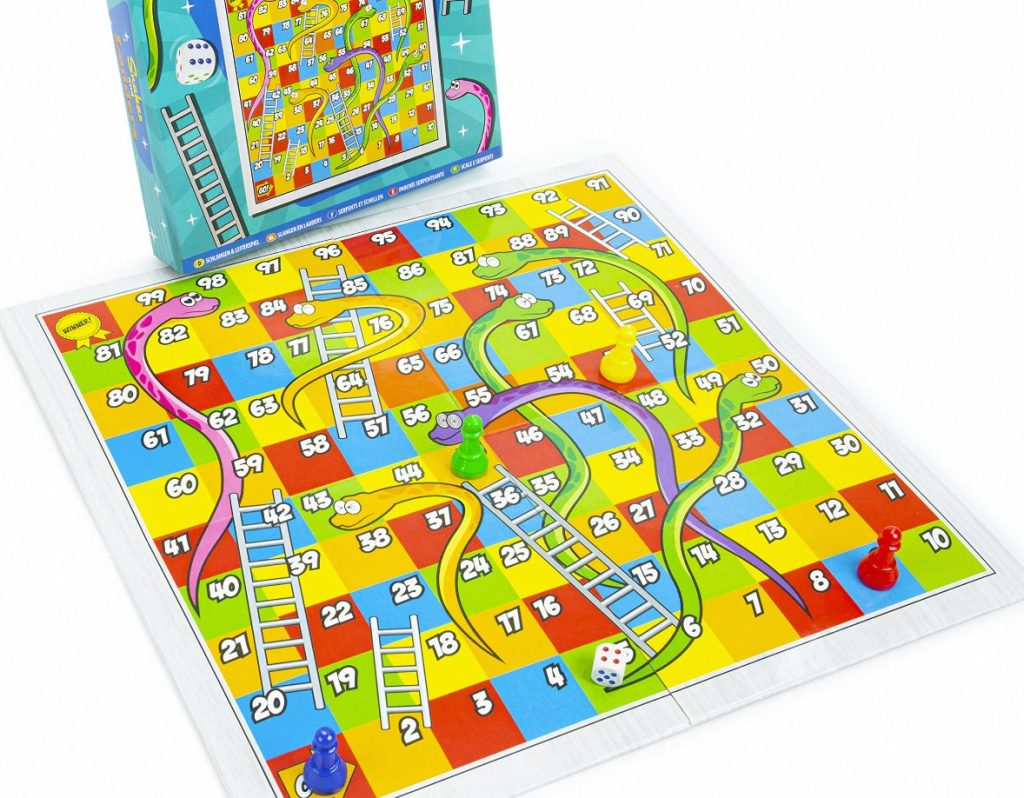
Think about how players will store and set up the game. Will the board fold neatly? Do the components fit comfortably within the box? A well-designed board should be easy to store and deploy, minimizing setup time and maximizing playtime. Consider including trays or compartments within the box to keep components organized and accessible.
By thoughtfully considering these elements, you can design a game board that becomes more than just a backdrop – it becomes an active participant in the game itself, luring players into the world you’ve created and enriching their gameplay experience. So, the next time you brainstorm your board game concept, remember – the board is not merely a playing field; it’s a canvas brimming with potential to engage and enthrall.



